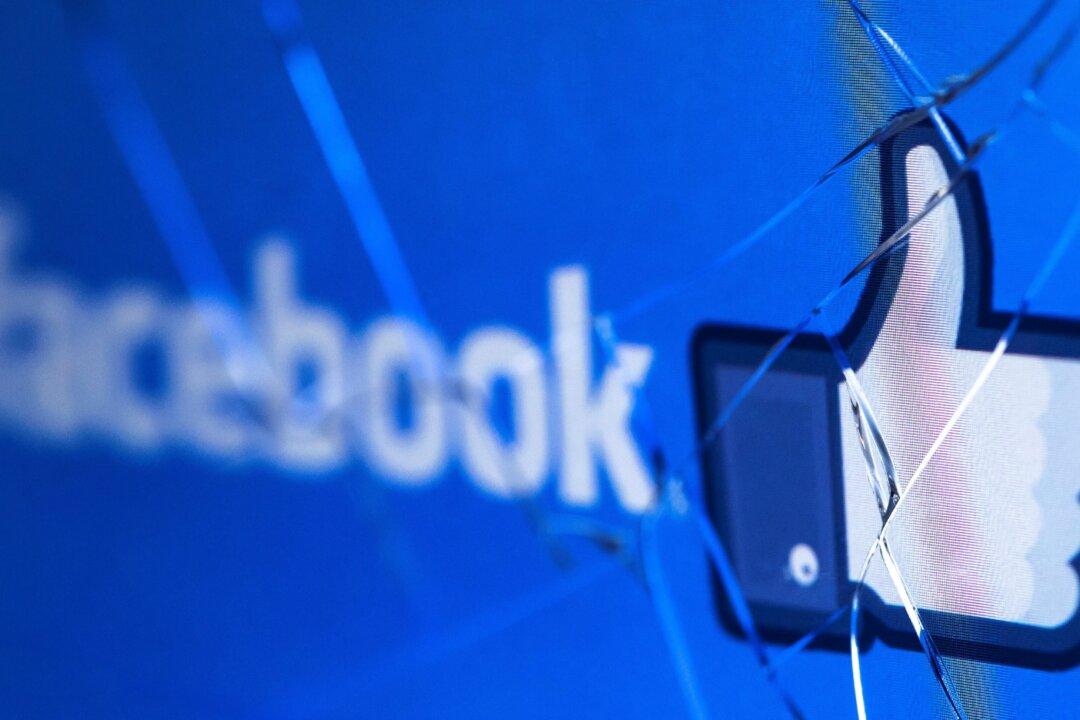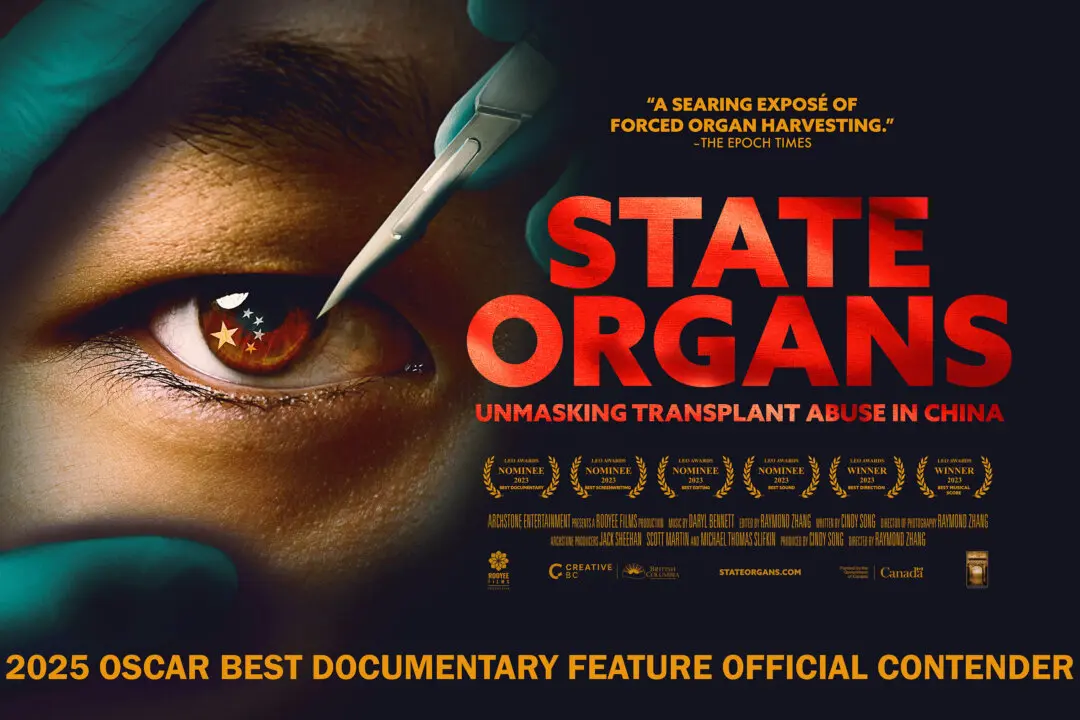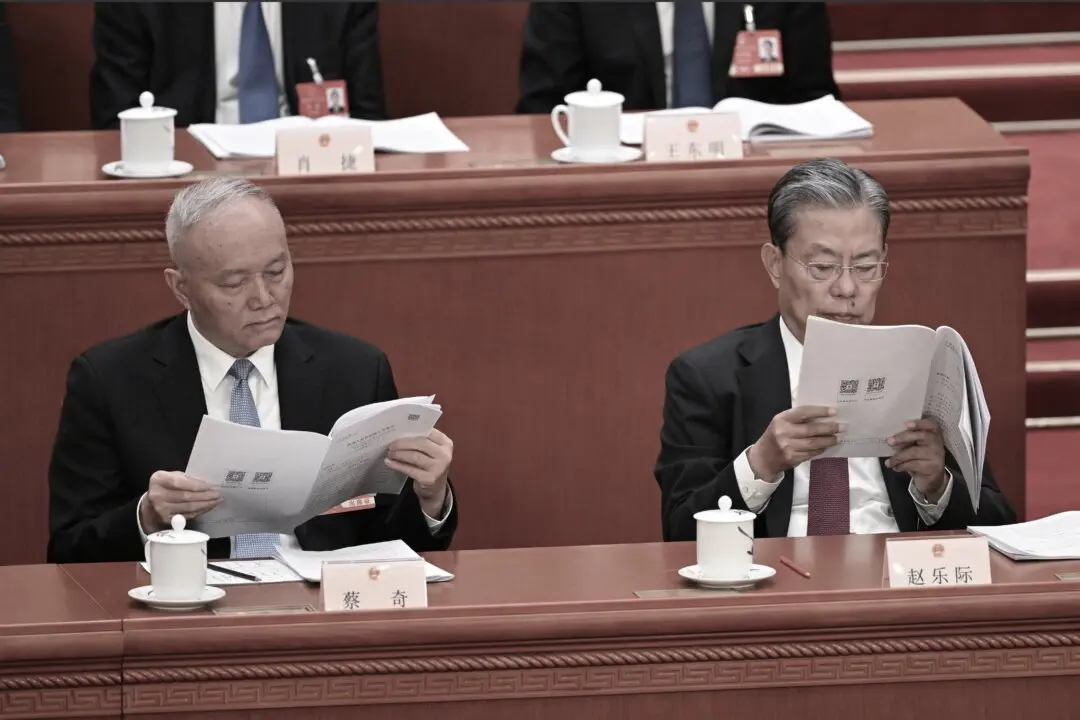Australian news outlets saw their web traffic take a tumble following Facebook’s dramatic ban on news-related content on the platform last week.
Data from Chartbeat reveals that across 255 Australian news websites, overall traffic from Facebook users in Australia fell by 13 percent, while visits from overseas-based readers fell 30 percent, according to the ABC.





